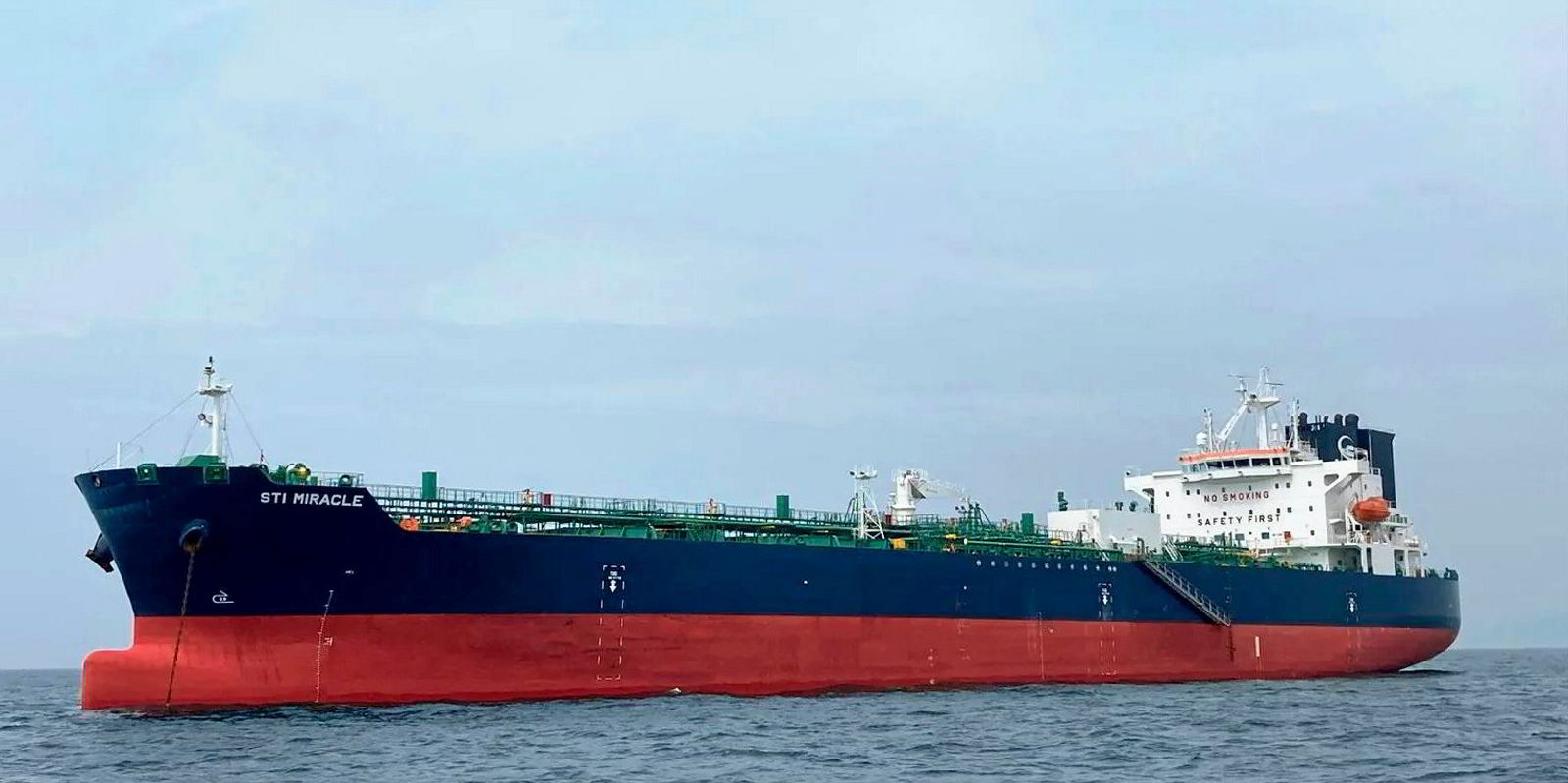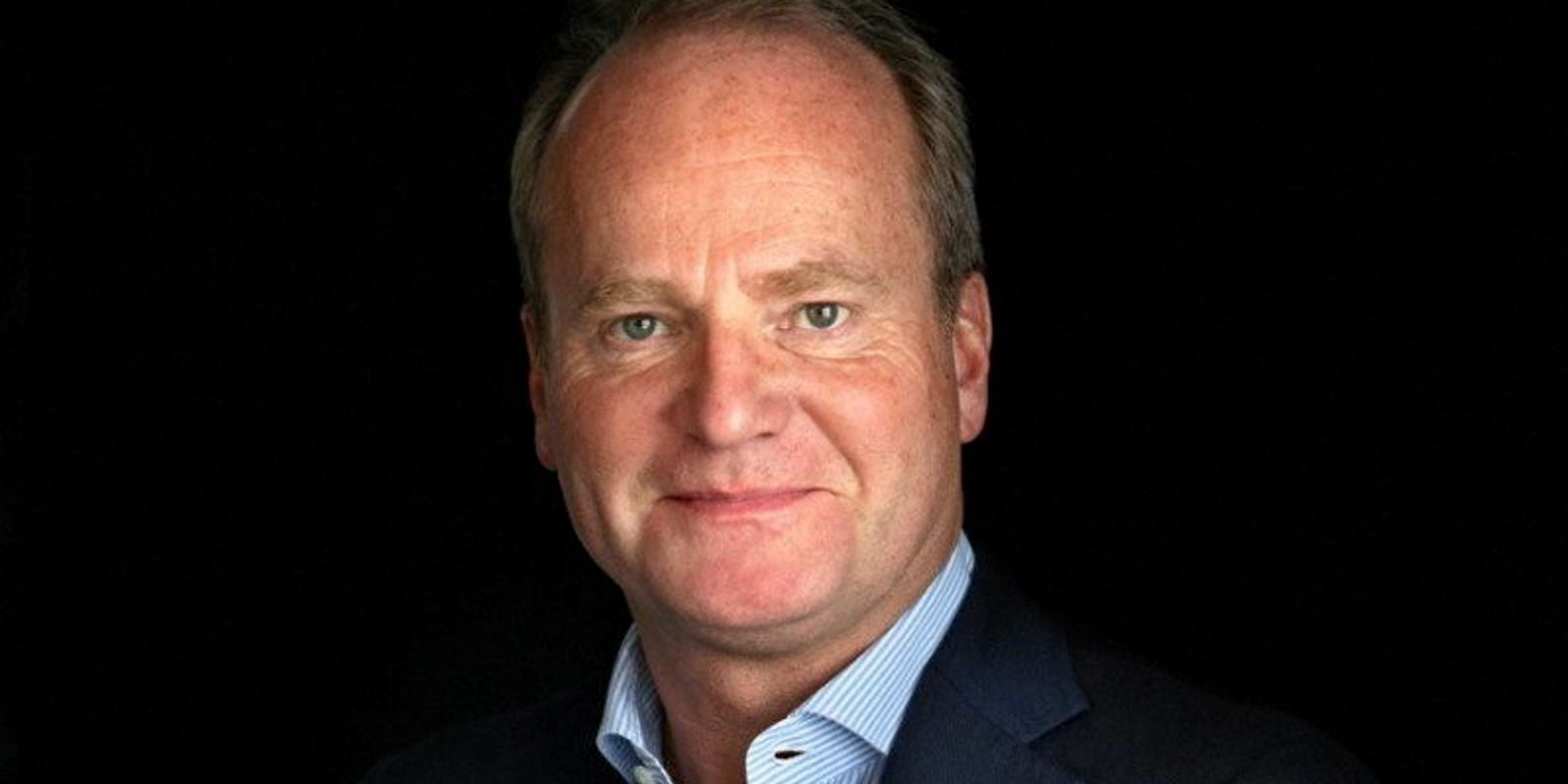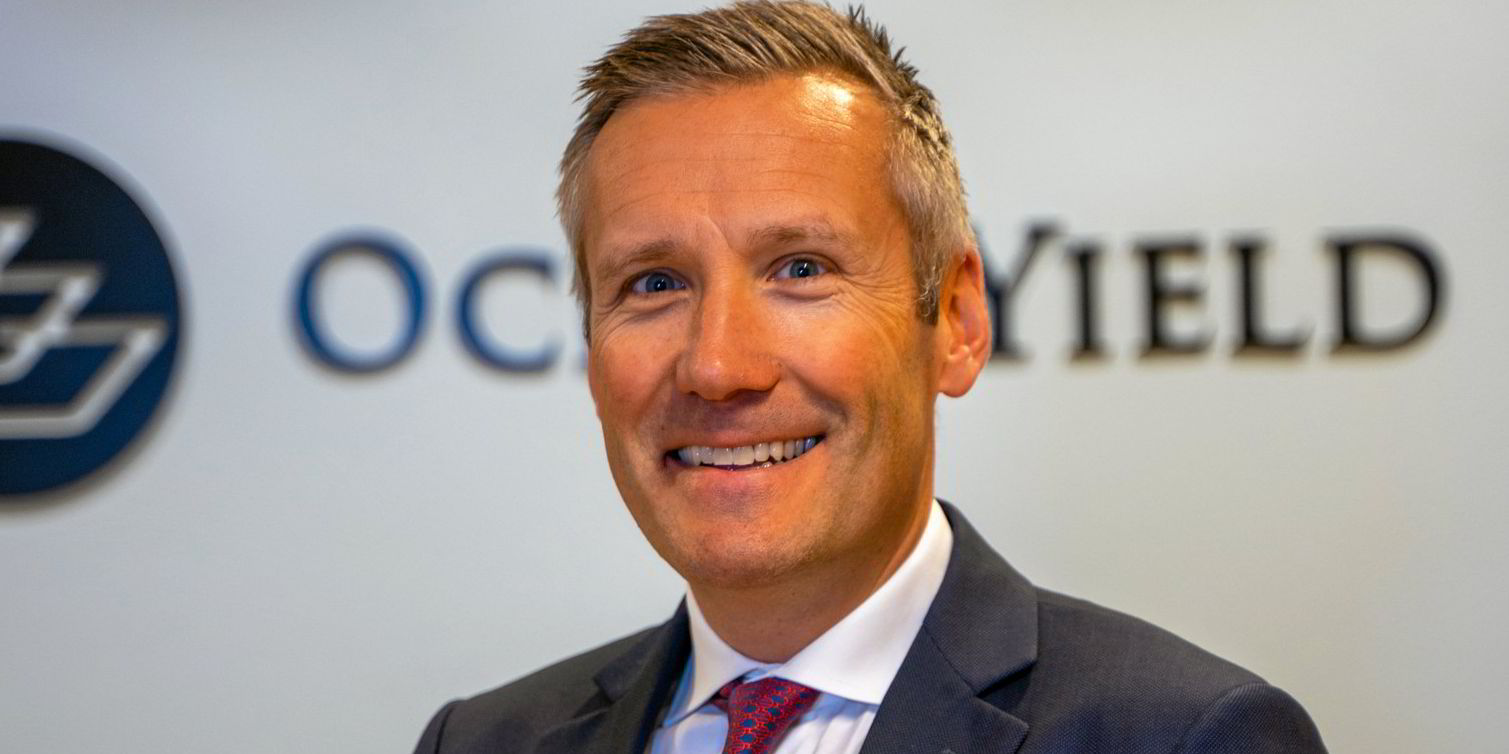Publicly listed owners of product and chemical tankers are outperforming shipping companies generally, as investors show caution in stock markets.
This is the view of Clarksons Securities analysts led by Frode Morkedal, who noted a 1% drop in average shipping equities in the week to 10 November.
The decrease was more pronounced in the crude tanker and container shipping segments, where share prices fell by up to 5%.
This drop coincided with a general decline in oil and commodity prices, Morkedal and his team said.
“Commodity price fluctuations, particularly in oil, have a significant impact on shipping markets. We frequently see a cautious approach in times of such volatility, which leads to decreased chartering activity,” they added.
VLCC owners DHT Holdings and Okeanis Eco Tankers suffered stock price declines of 10% and 9%, respectively.
This was despite DHT reporting third-quarter earnings in line with the analyst consensus and providing fourth-quarter guidance that was relatively firm in comparison with peers.
“This trend reflects the broader market’s cautious attitude, particularly toward equities that have previously performed well. Investors seem keen to capitalise on any pretext for profit-taking amid the ongoing downturn in oil prices and recent weakness in charter rates,” the analysts said.
But stock prices for product and chemical tanker companies rose, owing to upbeat company forecasts for the fourth quarter and “significant” market transactions.
A key message from product tanker players was that winter is coming and earnings are improving.
Oslo-listed Stainless Tankers experienced a 12% increase in its valuation following its deal to buy two more chemical tankers from shareholder Tufton Group.
Torm deal praised
Denmark’s Torm gained 5.5% after buying eight LR2 ships from a Kristian Gerhard Jebsen Skipsrederi and Hayfin Capital venture for $399m.
US-listed Scorpio Tankers provided a road map for increased shareholder returns.
Bosses intend to continue deleveraging until net debt levels reach the fleet’s scrap value. This could happen by March 2024.
“Following this milestone, investors can anticipate potentially larger buybacks or dividends,” the analysts said.
The upbeat outlook was well received by investors, with the stock adding 7% since its third-quarter results statement last week.
Clarksons Securities argues that high ship values make profitable acquisitions difficult.
A five-year-old LR2 is valued at $73m, for example.
To break even, after accounting for interest and depreciation, earnings must be above $26,000 per day, the analysts calculated.
“Interestingly, if interest rates had remained at 3% instead of 7%, the break-even rate would have been around $20,000 per day,” they added.
“Despite the fact that current spot earnings make these figures achievable, any new vessel acquisition today inevitably raises a company’s average break-even rate.”
Torm is paying for the LR2 deal with new stock to cover 40% of the price.
This shows how issuing equity can land value-adding transactions, Clarksons Securities said.
Torm can add to its earnings per share at rates of $23,000 per day for the vessels, the investment bank believes.






